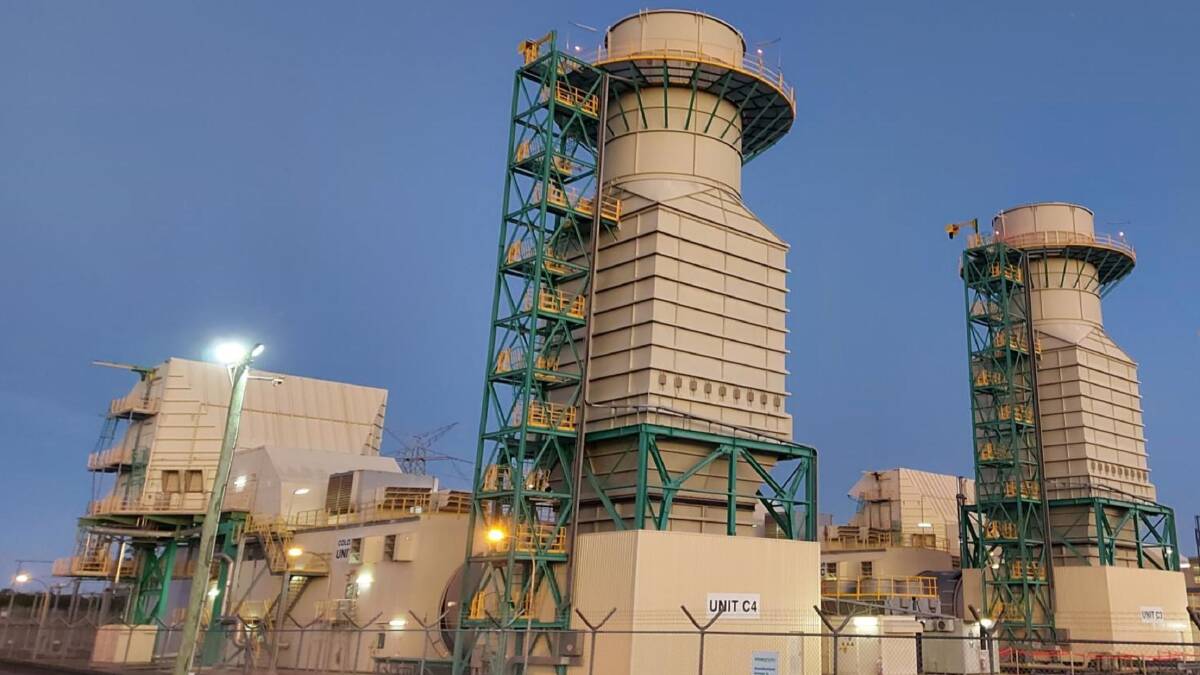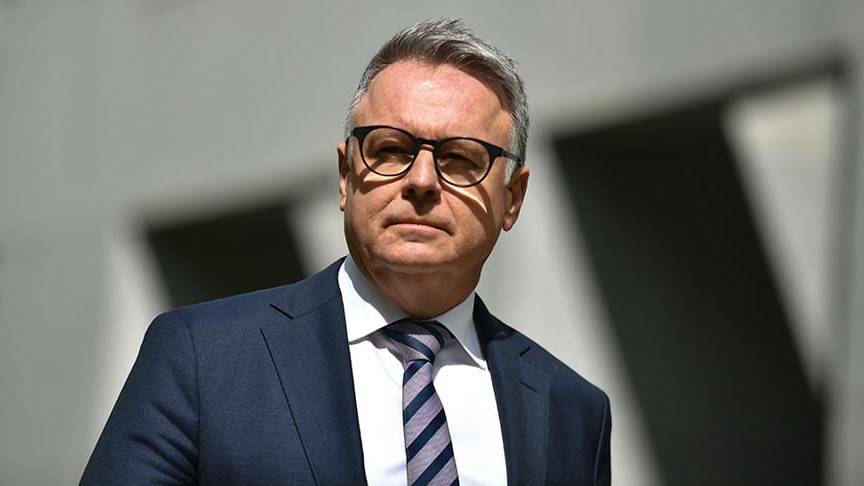
Hunter MP Joel Fitzgibbon believes the construction of the Hunter gas pipeline is the key to making the Federal Government's Kurri gas peaker cleaner and creating more Hunter jobs.
Subscribe now for unlimited access.
or signup to continue reading
Like his colleague Meryl Swanson in the adjoining seat of Paterson, Mr Fitzgibbon urged the government to get on with building the contentious project, which is currently on public exhibition.
"It should be built and it needs to be built very quickly," Mr Fitzgibbon said.
It is estimated the plant will only run for two per cent of the time.
READ MORE:
Diesel will be the plant's back up fuel. It will also be the sole fuel source for about six months until a permanent gas link to the Newcastle-Sydney gas pipeline is built towards the end of 2023.

Mr Fitzgibbon said the proposed $500 million Hunter gas pipeline would provide a more reliable supply of gas, and eventually hydrogen, negating the need for diesel.
"There's a capacity problem. We can't always deliver enough gas to the site because the Sydney to Newcastle pipeline becomes full. There is a plan to deliver more capacity to that pipeline but we can't be certain about always delivering gas until we establish a second source and that is via the Hunter gas pipeline," he said.
The 833 kilometre pipeline would connect the gas hub at Wallumbilla (near Roma in Queensland) to Newcastle and Sydney markets.
The project's construction approval was extended in October 2019 for five years.
An environmental impact statement for the $610million Kurri peaker estimates 250 jobs will be created in the construction phase followed by 10 full time jobs.
Mr Fitzgibbon said he was confident the plant would serve as a catalyst for investment and employment growth in the coalfields.
"There might only be 10 jobs at the power station but there will be plenty more jobs in the broader plan. It will leverage other opportunities."
But electricity consultant David Leitch said the project would not be commercially viable if the government was not subsidising it.
"It's basically a very expensive plant that isn't really needed. You can't say it's bad if it's built because it will be like a desal plant-it's great to have that insurance there but it's not going to be very economic I don't think," he said.
Mr Leitch said he suspected the project's proponent, Snowy Hydro, wanted to use the taxpayer-funded plant to increase its market dominance in the highly lucrative electricity market.
"Leaving aside everything else, I just don't think it's a very fair arrangement where you have got federal government money to compete with the private sector," he said.
The federal government argues that the plant is needed to fill a shortfall in dispatchable capacity that will be caused by the closure of the 1000 megawatt Liddell Power Station in 2023.
"We have always said our response will be shaped by the extent of industry action to deliver on the target. The Government will take the time to consider private sector commitments including the 316 megawatt Tallawarra B gas project," Energy Minister Angus Taylor told Australian Community Media.


